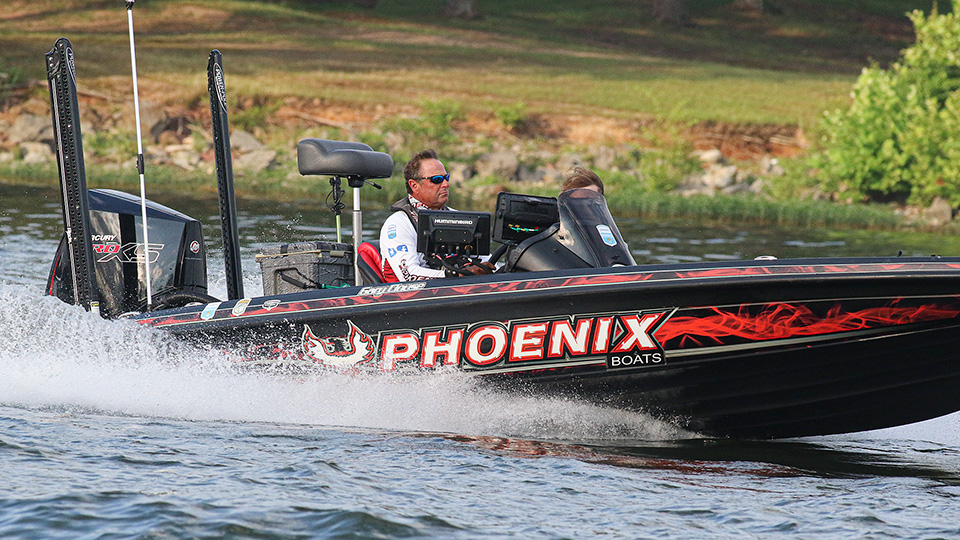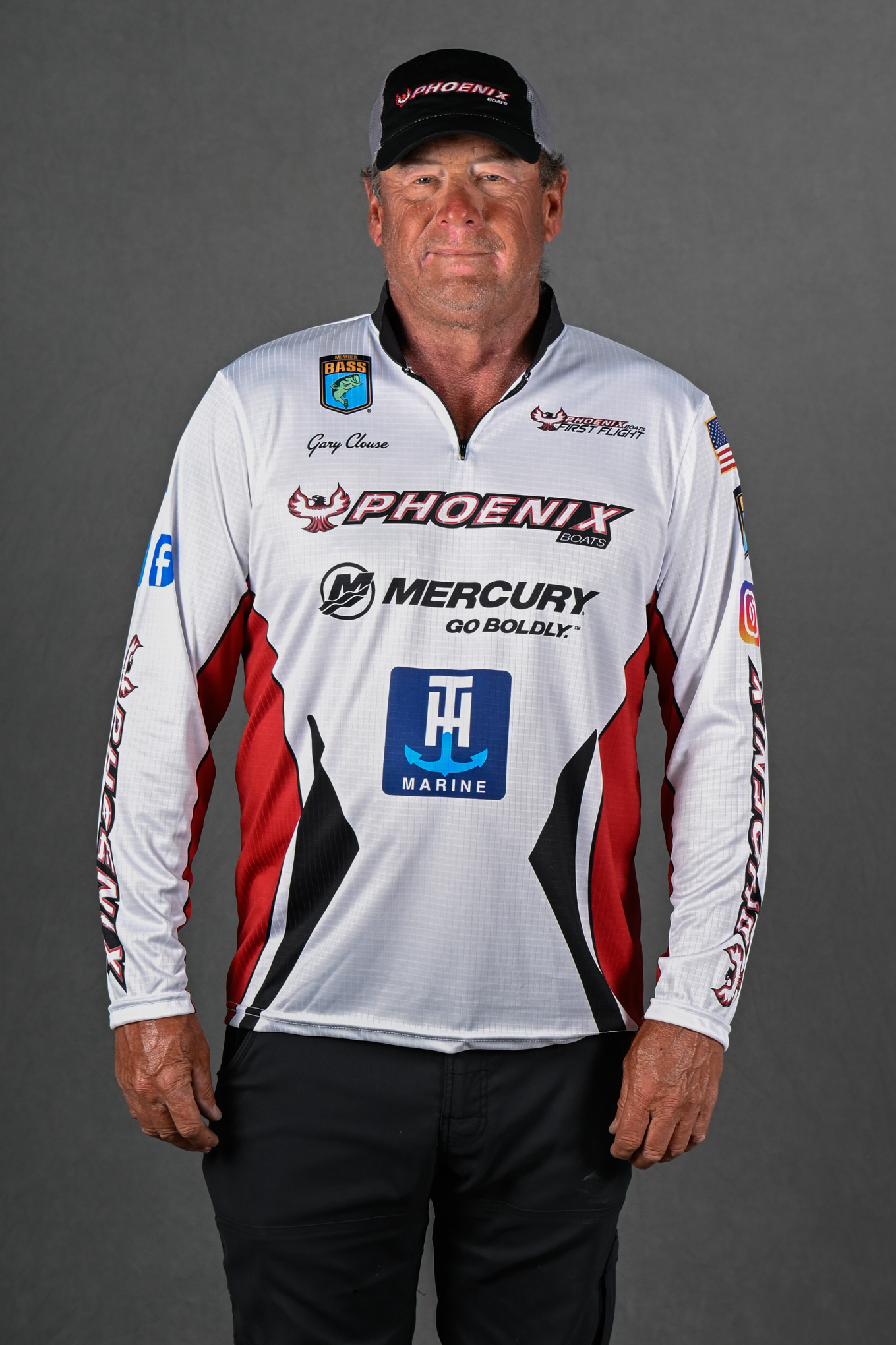
Sometimes you have to step out of your comfort zone to learn and experience new things.
I did that this fall when I checked a big box on my bucket list – I fished the U.S. Open at Lake Mohave near Bullhead City, Ariz.
And man, was I glad I did it. It’s a long ways to go for this ol’ Tennessee country boy, but I got to see a part of the country and landscape that we just don’t see around home.
I enjoyed it so much I stuck around and fished the WON Bass Phoenix Open at Lake Havasu, Nev.
I fared pretty well at Mohave, finishing 21st out of 128 others in the pro division, but not so hot at Havasu.
I enjoyed the pro-am format they use out there. As a pro, I fish with a guy from what they call the AAA division, and we share the weight.
It’s kinda like a team tournament but the combined weight (five fish) of the boat applies to both anglers and is computed for the division in which he competes. You change partners each day.
Now, I know this isn’t applicable for the Bassmaster Elite Series and Opens nor am I suggesting it, but I think it would be a good system for some regional and smaller circuits.
It’s especially good during this era of forward-facing sonar (FFS). Under most formats, the amateur in the back of the boat is handcuffed when the pro in the front is scoping.
In the two western events I fished, the partner became part of the strategy. While I was scoping, I had him throw a topwater closer to the bank while I picked off individual fish swimming in front of me. He caught some key fish doing that.
Also, you work as a team. When we met after the partners meeting, we discussed strategies and what he should bring. It promotes more camaraderie and conversation to working together toward a common goal.
The other thing I enjoyed about the trip is the little things you can learn from a western angler. Most of their lakes are different from what we have out east, so they employ different tactics.
For example, I fished with a guy from Phoenix who introduced me to the Yamamoto Ika — a solid-bodied, soft-plastic finesse lure that is built like a tube bait. He twisted a screw lock into the tentacle end of the bait then put a 2/0 circle hook into the opening of the screw lock. A small nail weight — when fishing deep — was placed into the opposite end of the Ika.
We would cast it out, let it fall and caught a few bass doing that.
I’d heard of this before but never fooled with it — but I will now.
So, regardless of where you live out east, I encourage you to go west and sample the beautiful lakes and fishing. It will be an experience to remember, and you may come home with some new tricks to try on local waters.

